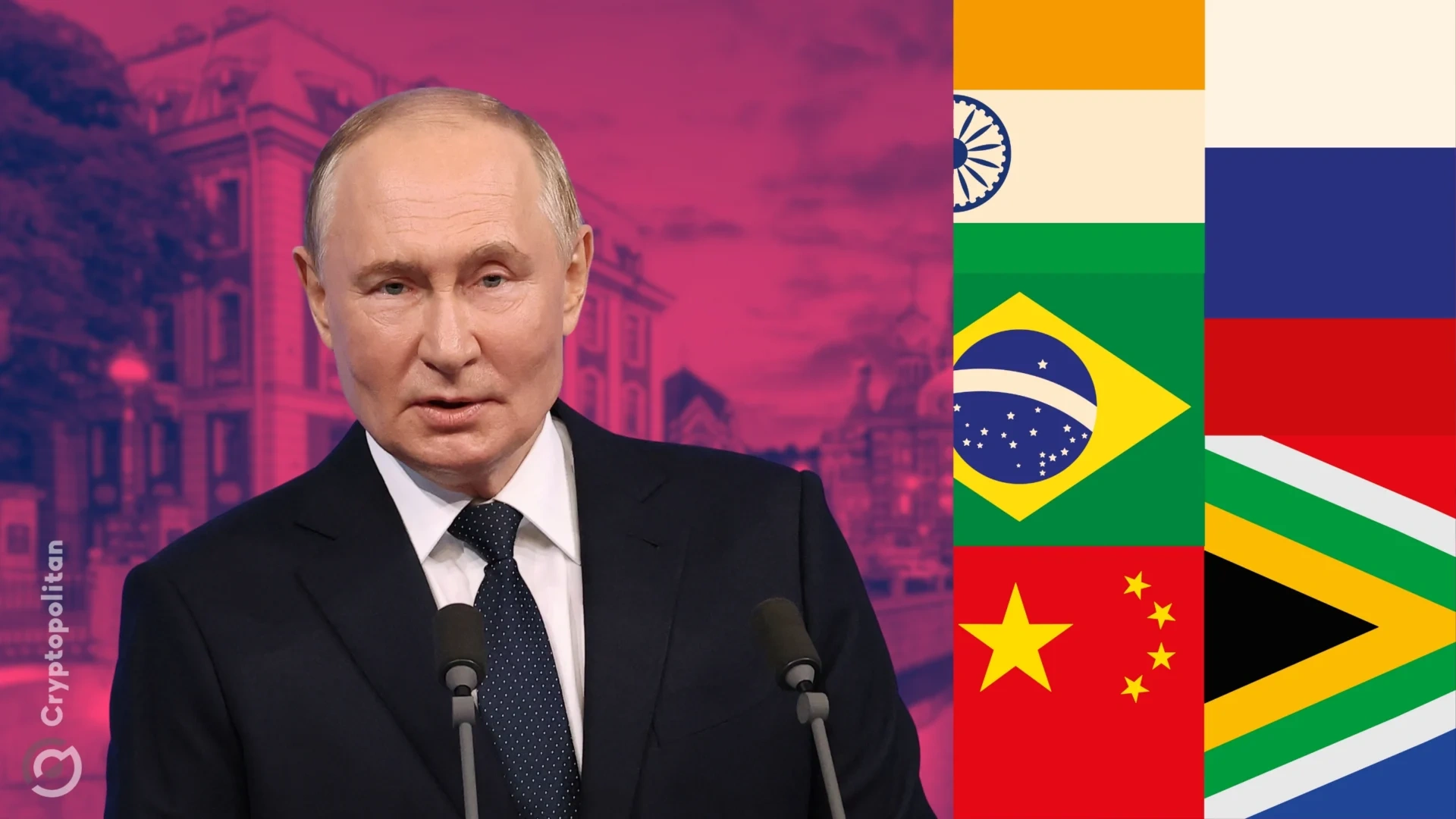Russia has confirmed it’s still ditching the dollar for good in its trade with two of its biggest partners, China and India.
President Vlad Putin says over 90% of its trade with China is now settled in national currencies—primarily rubles and yuan—while more than 50% of trade with India also bypasses the dollar entirely.
When Russia invaded Ukraine in 2022, the West responded with sanctions that targeted nearly every aspect of its economy, including blocking access to global payment systems like SWIFT.
Faced with a financial lockdown, Moscow began pushing aggressively for trade in local currencies, turning to allies like China and India to create alternative economic pathways.
Rubles, yuan, and the death of dollar
Russia’s trade with China has skyrocketed over the past two years, with both countries leaning into what they call a “strategic partnership.” By 2023, bilateral trade between the two nations hit a record-breaking $240 billion, and economists predict the figure will climb even higher by the end of 2024.
What’s different now is that most of this trade—over 90%—is handled in rubles and yuan. The numbers don’t lie. The share of yuan in Russian exports to China jumped from a laughable 0.5% in 2021 to a shocking 16% by 2022.
Imports tell the same story, with yuan use rising from just 4% in 2021 to 23% a year later. Meanwhile, the U.S. dollar’s dominance is fading fast.
Back in 2021, nearly half (46.8%) of Russia-China trade was conducted in dollars. By the end of 2023, that figure had plummeted as the yuan replaced it as the go-to currency.
Even Russian banks are piling on the yuan. By December 2023, Russian banks held $68.7 billion worth of yuan, overtaking dollar reserves, which had dropped to $64.7 billion.
India plays along, but it’s slower
When it comes to India, the transition is slower. Over 50% of trade between the two nations is now conducted in local currencies, showing that the appetite for dollar alternatives isn’t just a Russia-China phenomenon.
India, which buys a lot of Russian oil and defense equipment, has been exploring similar currency arrangements as part of its trade deals.
This is part of a larger “de-dollarization” strategy that President Putin has been pushing for years. Speaking at a recent summit of BRICS nations, he said, “The dollar has discredited itself. It has become a tool for Western political agendas.”
While Trump has a perceived friendship with Putin, there has been some tension lately between them, thanks to the former’s aggressive threats at BRICS nations.
He told them to expect 100% tariffs if they do follow through with dethroning the dollar. This was even after Putin himself said he was reconsidering as a favor to his friend.
Still, Putin has said that he is willing to have a chat with Trump post-inauguration. In his words, “I don’t know when we’ll meet because he doesn’t say anything about it. I haven’t spoken to him at all for more than four years. I’m ready for it, of course, at any time. And I’ll be ready to meet if he wants.”
A Step-By-Step System To Launching Your Web3 Career and Landing High-Paying Crypto Jobs in 90 Days.





